Does this sound familiar?
You wake up groggy and heavy, with the feeling of fog in your head. Lack of motivation fills every cell in your body, along with a general fear of the day - what you need to do, where you need to be. You feel like your nervous system is on overdrive, which is exhausting and makes it hard to focus. You’re good at hiding it, but more than anything you wish it would go away.
Your anxiety can be predictable, such as your social anxiety or fear of the future. It can also be unpredictable, such as a panic attack overtaking you when you least expect it. Sometimes, it even overcomes you when you’re spending time with people you’re very comfortable with, like family and close friends. At its worst, you experience a feeling of disassociation, like you’re outside of your body, watching and critically analyzing everything you say and do. You are afraid that everyone can see how messed up you are, so you try even harder to appear normal. Underneath it all, you’re incredibly tense, anxious and wanting more than anything to escape.
For much of my life, this was my daily reality. Like many others, I experienced crippling, painful anxiety that seeped into every crevice of my existence and for a long time I despaired that any other kind of life was possible.
Anxiety Lays Its Roots
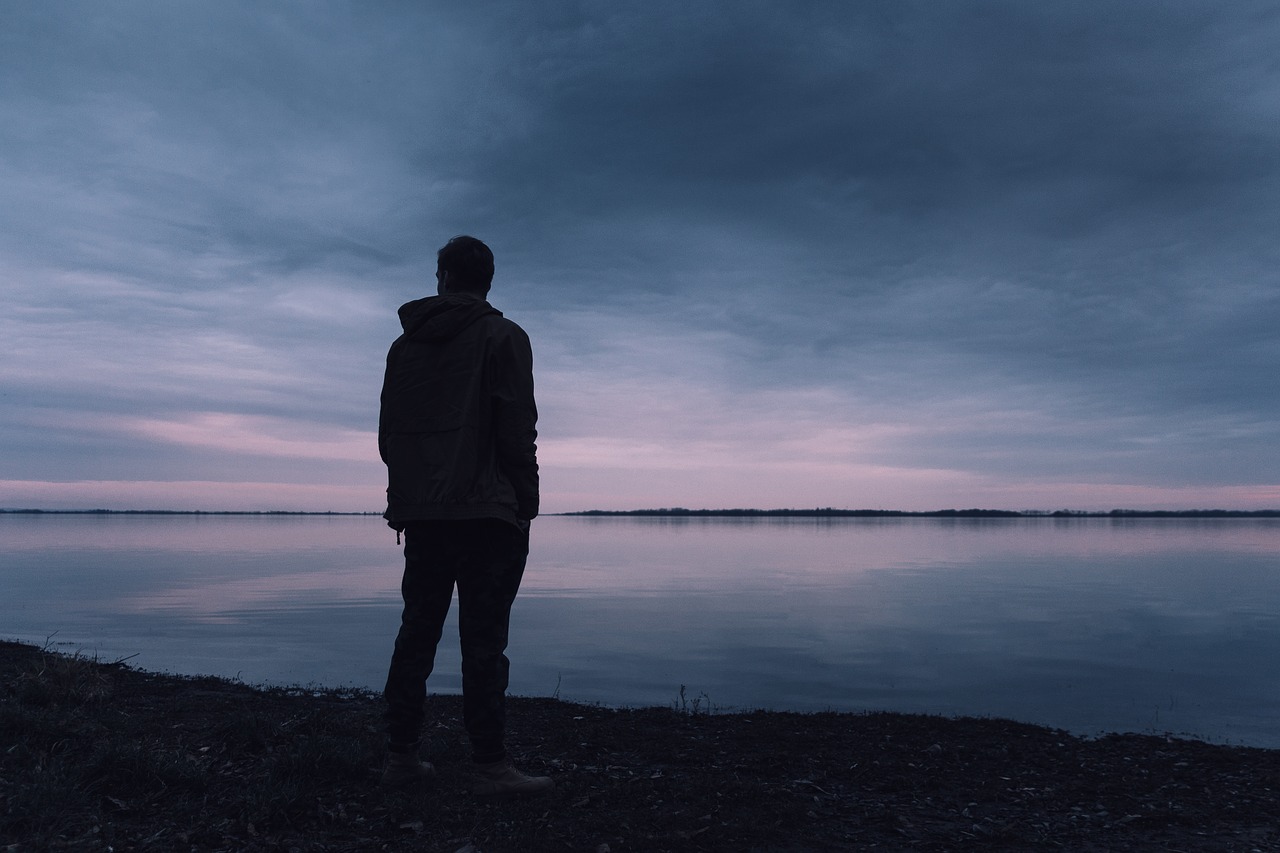
The first time anxiety took control of my life, I was a university student studying ecology. Back then, I was enthralled by my studies. Looking at the natural world as an infinite number of interacting systems that are constantly in flux excited me on a deep, almost spiritual level, and I threw myself into the work. I felt like I had found my passion and direction in life, and yet the further I progressed in my education, the more my anxiety seemed to grow.
My love for my studies meant that I felt immense pressure to do well. I wanted so badly to be seen as a smart and competent that each assignment, whether a final exam or a two page essay, became of monumental importance. I’d work myself into a frenzy to achieve perfection, and then inevitably fell short and felt inadequate. I had trouble sleeping, tossing and turning, mired in endless to-do lists and a sense of impending doom. The less sleep I got, the harder it was to focus on my work, which meant yet more sleepless nights. Intense as these experiences were, I felt immense pressure to keep them hidden. Part of me wondered if I was alone in this experience or if others felt similarly, but my pride demanded that I keep my feelings to myself and fight my battles on my own. I looked fine, but inside I was drowning.
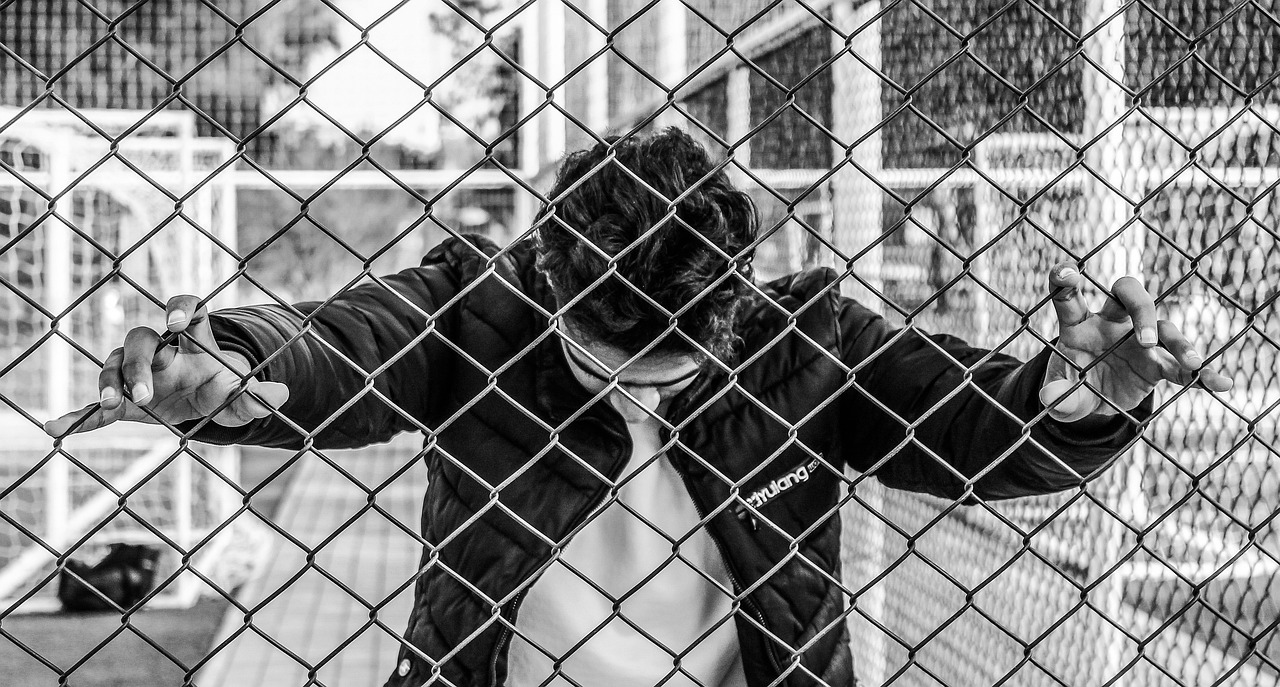
When I look back on this time in my life, I can now see the irony. As a burgeoning ecologist, I was being taught to understand the natural world as an integrated system in which all phenomena are connected, and at the same time, I was thinking of my anxiety as detached, a burden that had been dropped on me without explanation. I saw it as a pain to be born but not deeply explored. Ecologists are, in essence, deeply curious people, bent on teasing out connections where none seem to exist, so that problems can be approached in an informed complex manner. Yet, at a time when my curiosity about the world around me was seemingly inexhaustible, my curiosity about myself was severely limited.
I was caught in the same trap I think many people with anxiety fall into. The pain of my anxiety was so intense it distracted me from the very things that might otherwise have helped, and it's possible that I might never have seen how the ecological approach could be applied to my internal life. But luckily for me, during my third year of university I got involved with yoga and, eventually, mindfulness.
The Gift of Yoga and Mindfulness
The physical practice of yoga helped me get into my body, and opened up some time in each day where the clanging gong of my anxiety would quiet and my mind could focus on other things. This paved the way for me to start engaging in the practice of mindfulness. We talk about mindfulness a lot in the yoga community, and sometimes it seems we like to overcomplicate it, but mindfulness can be seen simply as the act of open observation. It is the practice of learning to observe - without judgement or attachment - your thoughts, experiences, ideas, and yes, even your anxiety, and witnessing how these elements interact and relate to one another. I remember thinking how similar this concept was to the process of ecological inquiry. Something that seemed new was really just a different application of a kind of thinking I had been using in another venue for years, and with this realization I started to approach my anxiety in a new and profound way.
What if, I wondered, instead of seeing my anxiety as foreign or separate from the rest of myself, I learned to see it as merely one part of a larger “ecosystem,” the one constituted by all the elements that make up me? What if, instead of problematizing the anxiety from the start, I began with the act of scientific inquiry? What is the anxiety’s function within the larger ecosystem? How does it relate to the ecosystem’s other phenomena, like my pride, my ego, my shame and my sense of isolation? And what if, like an ecologist, I began by simply observing these connections, knowing that this was the place to begin before any intervention was attempted? What if I brought the same curiosity that had so ignited my passion in relation to the natural world, to my own internal life?
Connecting With My Past
Gradually, over the course of years, and with plenty of slips and stumbles along the way, I explored these questions. Seeing my anxiety as part of a complex internal ecosystem helped me understand how it fit within my broader reality and history. I began to understand that at a young age my anxiety had evolved to fill a role within a particular environment - a childhood where I felt I needed to internalize my struggle, rather than express it. I remember at a young age needing to appear capable and in control, and internalizing my emotions had enabled myself to do this.
Once I reached my twenties, hiding my chronic anxiety, phobias and panic attacks had become a skill that was so highly developed and habitual that I no longer was aware that it was happening. Driven to appear 'normal', the tension between my internal reality and my expectations triggered my anxiety to such a degree that it became overwhelming. My anxiety had seemed almost like a type of disease. I could see that, within my larger life story, it was also an adaptation for survival. This helped me understand that there was a perfectly logical explanation for how I felt that related to both my history and my present circumstances.
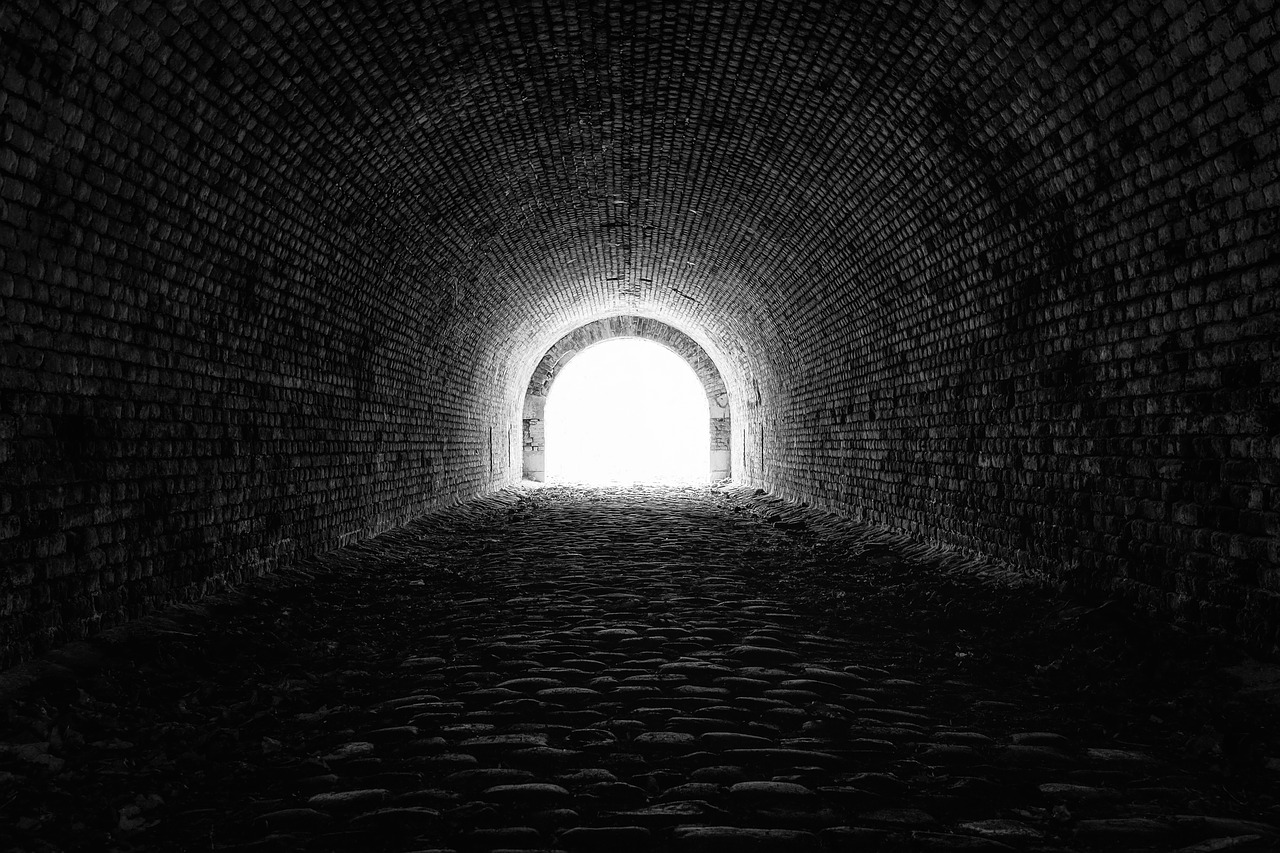
I started to see a light at the end of the tunnel. I knew that living organisms are resilient and adaptable. Seeds from a plant can be carried by birds to a remote island chain and over time the plant adapts to its new environment and thrives. If my anxiety was an adaptation that had become maladaptive, there was no reason why I couldn’t change it. But unlike ecology, which relies on time and mutation, I knew that I would have to find some way to bring about change through rational, conscious intervention, and here is where my mindfulness practice really came to the fore. Coupled with mindfulness, this new perspective allowed me to slowly recognize the many instances when my ego told me to keep up appearances and bury my feelings inside. I started to see the wisdom of sharing what was going on for me, and was surprised to learn just how many others could relate to my experiences.
Though they hold many similarities, the methods of ecological inquiry and mindfulness diverge on some important points. Critically, there is a buried assumption in ecological inquiry that the information gleaned is important because it tells us about a world that we all inhabit and interact with. By contrast, the practice of mindfulness teaches us that importance is something that can be attached or removed. Caring about what matters is a human construct - it’s just an idea. Though we normally unconsciously attach significance to certain experiences, like your racing heart during a job interview, or the growing sense of impending doom during a house party, the practice of purely observing these feelings reveals that we have capacity to choose what we see as important. Within the world of meditation, this opportunity to confer importance or non-importance is called attachment or non-attachment.
The Art of Letting Go
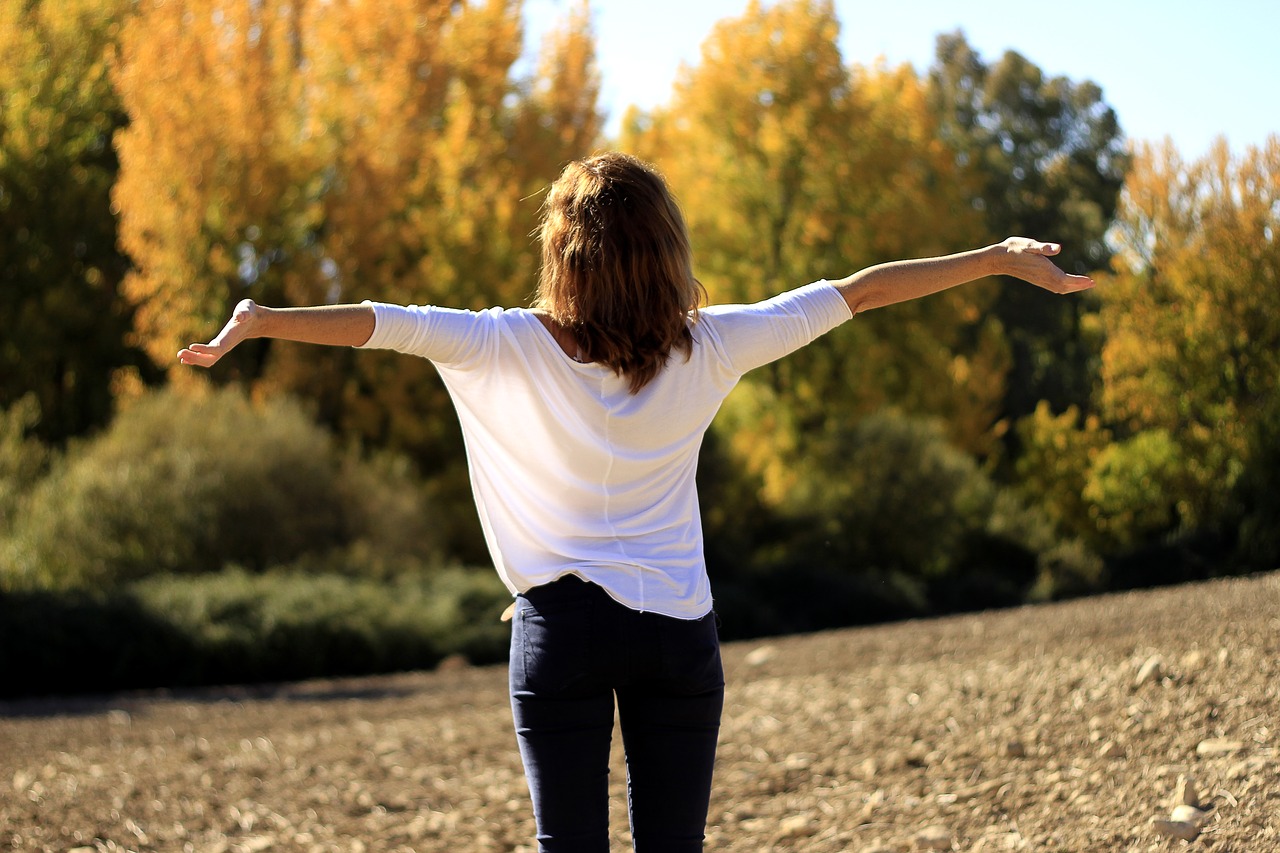
This was my way forward. The ecological perspective had illuminated my anxiety’s historical roots and present maladaptivity, enabled me to see it as part of my interconnected reality, and gave me hope in my ability to change. Building a practice of meditation and mindfulness allowed me to see just how often I experienced anxiety throughout my day, and how I added to the experience by hating it, piling on the significance and attachment and making it my central focus. In a way, this is a perfectly natural reaction. Perhaps you’ve heard people say that the hardest thing in the world to do is to do nothing at all? This is one way to conceptualize the challenge of mindfulness. Organisms are naturally reactive; it's how we survive, and it has suited us humans well in a world populated by external physical threats. Yet, when it comes to our internal life and less tangible dangers like existential angst, loss of meaning, feelings of fear and inadequacy, our reactiveness can sometimes come back to bite us. It’s important to recognize feelings like sadness or anxiety because these emotions can alert us to real issues that we should address, but mindfulness helps us recognize them without letting them rule us completely.
And this, really, is where I am at now. Decades after leaving university, with a loving partner, children, and a business that I am proud of, I still grapple with my feelings of anxiety. I still sometimes feel overwhelmed by it. I still sometimes feel shame and try to hide it. But, in my wiser moments, I have learned to make friends with it.
When I feel the sense of dread start to rise, I try to validate my experience by remembering that my anxiety is an explainable, adaptive response to my environment. Then, wherever I am, I try to take a few deep breaths, and get into my body. Sometimes I sit in meditation. I try to find my curiosity. I explore my internal world the way a child might explore their natural environment - open to wonderment, intensely curious and intent to find something new. I try to remember that attachment can be a conscious choice. I try to notice my feelings the way you watch clouds sweep past while lying on your back in an open field. I try, in other words, to do nothing so that I can see and feel what is happening, which is called mindfulness.
Giving Back
One of the greatest pleasures of creating DoYogaWithMe is the chance to provide others the opportunity to learn techniques and practices that have helped me in my own life. For those of you who related to the first few paragraphs of this essay, it is my hope that the collection of programs, meditations and classes below will help people to engage with their anxiety in a new way. Though everyone has their own process, I encourage you to engage with these resources in the spirit of exploration and curiosity. For me, this has been the best gateway to a mindful practice! If you have any questions please feel free to reach out to us via our Contact Us page!
Yoga Programs
Let Go of Anxiety and Fear 21-Day Program with David Procyshyn
- 21 days of daily practices that will make a lasting difference in your life
- Guided by David, the program is intimate and interactive
- Daily reflections that help you gain perspective on your
- Sustaining Members: add ‘anxiety’ to the end of your monthly code for 50% off
Calm in the Chaos 7-Day Program with Fiji McAlpine
- A unique program for intermediate students
- A daily dynamic practice that helps you develop resilience and calm
- Launches Nov 1/20 and is free Nov 1-7, 2020
- Nov 7th is a Q&A Livestream
- Click above to sign up for email delivery
Free Yoga Classes
Gentle Yoga for Reducing Anxiety with Melissa Krieger (42 min)
Deep Rest - A Guided Relaxation with Nyk Danu (21 min)
Internal Mediation with Ron Stewart (15 min)
Mindfulness Meditation: A Guided Meditation on Focus (14 min)
Mind-Body Restorative Yoga with Tianne Allan (44 min)
Yoga for Anxiety with David Procyshyn (44 min)
Yoga for Inner Acceptance with David Procyshyn (35 min)
Sustaining Member Yoga Classes
Yoga for Families: Let Go of Worry and Anxiety with Alyssa-Jean Klazek (23 min)
Yoga for Lifelong Calmness with Guy Friswell (24 min)
Trust Yourself with Nicky Jones (43 min)
Three Postures for Healing Grief with Nicky Jones (17 min)
Gentle Yoga for Reducing Stress with Melissa Krieger (37 min)
Strength to Surrender: A Yin to Yang Flow with Fiji McAlpine (53 min)
For more free and paid yoga classes for anxiety, click here
Free Guided Meditations for Anxiety
Guided Meditations for Stress, Anxiety and Depression (3 tracks)
Yoga Nidra: Sleep Sessions with Jennifer Piercy (6 tracks)
Sustaining Member Guided Meditations for Anxiety
Chakra Healing Meditations with David Procyshyn (3 tracks)
Yoga Meditations for Sleep with David Procyshyn (4 tracks)
For more guided meditations, click here


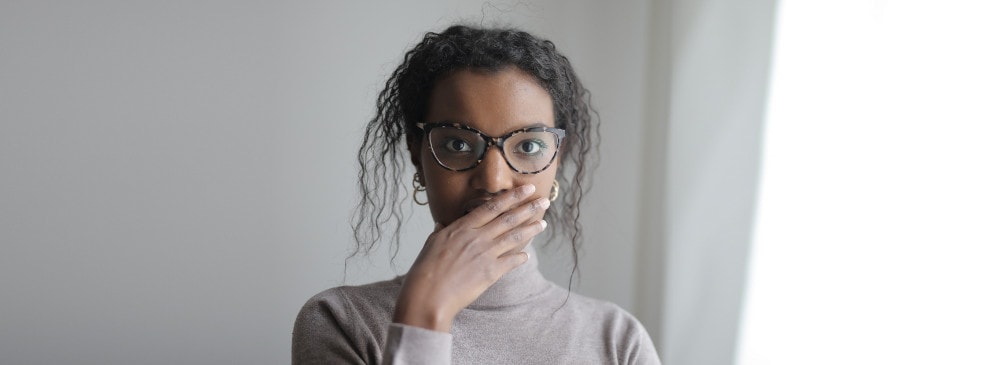
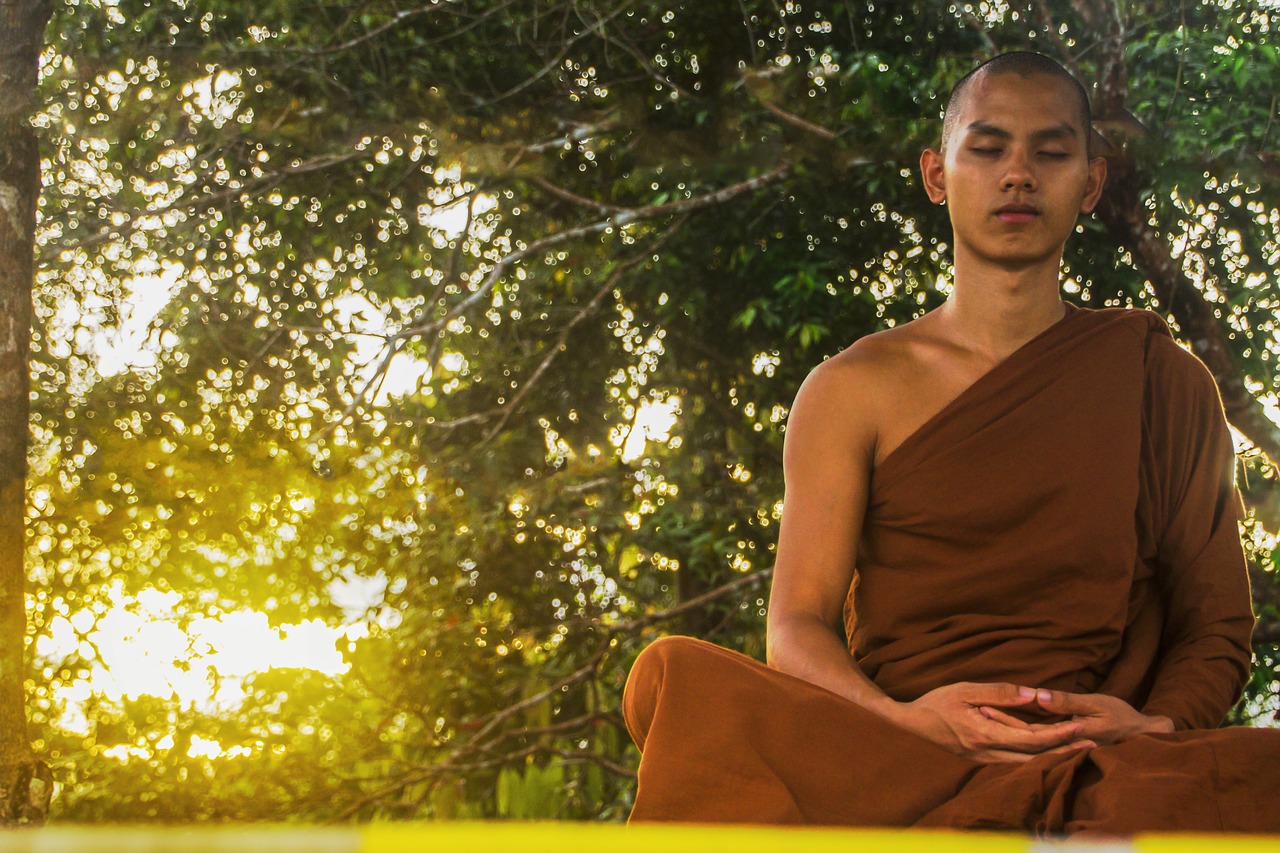
Comments
Existing Comments